-
Posts
10,914 -
Joined
-
Last visited
-
Days Won
128
Content Type
Profiles
Forums
Events
Store
Downloads
Gallery
Posts posted by Bruce Pennington
-
-
Ah, good on both counts. Thanks for the update! It's a good looking sword, I like it!
-
 1
1
-
-
@matthewbrice might have a good idea on value. I don't follow this style, and could only make a wild guess. Others might know.
-
 1
1
-
-
Also, by the wording of the tag, this seems it was shipped by the officer to his home, not a surrender tag? Anyone know?
-
Mike,
Is the tassel all brown? Sometimes these can be blue/brown or red/brown, but the color can be so faded that they appear all brown.
-
Steve,
Lot's to learn when jumping into a new collector's realm!
I don't know the full story of how Japan administered occupied lands. All I know is from the swords I see in reference books. But clearly there were Army and Navy administrators. Army swords had a different saya (scabbard). Here's a partial shot of an Army one:
The style of your sword saya is Navy. And surprise! While looking at Ohmura's site FOUND HERE>, I see his example has the same blade design as yours! He calls it the "Kogarasu-maru structure"
WWII leather tends to get degraded over time. It's possible the leather on yours got damaged and someone removed it along the way. Are the metal fittings loose? Does that second belt hanger loop slide? It looks like it's been slid too far up, close to the top.
Back to administrators. The Japanese had a civil branch working alongside the military, both Army and Navy, called Gunzoku. They wore military-styled uniforms, but had their own rank structure.
There were 4 ranks of civilian grades in the army.
1. Younin (傭人) were hired laborers. For instance, barbers and laundry workers were such civilians.
2. Ko-in (雇員) hired admin helpers for the office (treated as equivalent of a Lance Corporal) .
3. Hanin-kan (判任官), who were civilian equivalents of NCOs, carrying out legal, accounting, machine maintenance and other duties.
4. Koutou-kan (高等官), who comprised the officer class equivalents from lieutenant to general. Such people included teachers of non-military subjects in military schools, interpreters, legal specialists, etc.
{From Nick Komiya's post HERE.Both the Hanin-kan and Koutou-kan carried swords of the branch, Army or Navy, they worked for. Yours was obviously working for the Navy, and by "colonial" I mean he was working in one of the occupied territories. Japan specialized the fittings and markings on swords. There were specific styles for standard Army & Navy; styles for Police, Railways, etc. There were specific styles and/or emblems for diplomats and administrators of occupied territories.
Edit: Oops, I see Geraint has just beat me!
-
 1
1
-
-
Wow, I see it now, actually a "1" "10" "8" (I can't do the Japanese kanji).
-
I have 2nd and 3rd generation mon on file. This one seems to be similar to the 3rd generation one, but I can't speak to mei.

-
I see, yes it's cherry. I'm away from my books for a while today. Maybe one of the guys that specialize in these can help. To me it looks like something from the early years. It's navy, but the saya pattern looks like colonial to me. I'll get the book back out later, if you don't get help beforehand.
-
 1
1
-
-
The March 2024 update of the Stamps of the Japanese Sword is posted (thanks Brian!)
Did some housekeeping:
-Took Kikumon and Buddhist stamps out of the Army Section and grouped them with the Bonji in their own place
-Added a couple Kakihan and 4 Cut Tester kao; added a stamped mei for tester cutter Kakudo
-Expanded the discussion/history behind the 1 Leaf Aoi emblem
-Improved display and discussion of the Iida latch markings
-Added the small star on seppa and a shop stamp on kyugunto to the Unknown sectionSo, not a big update.
Enjoy!
-
 1
1
-
 1
1
-
-
Jim Dawson's book, page 338, starts a section on Colonial Empire Swords. These were carried by civil, Gunzoku, and miliitary official who governed the areas. There were Taiwan, Chosen (Korea), Nan yo (South Sea Islands), Tsingtao, Kanto, and Karafuto. Each had it's own emblem that would be seen on the side 'ear' of the backstrap. However, on page 355, he shows one carried by a Gunzoku that had a cherry blossom instead. I think your sword is one of those.
-
 1
1
-
 1
1
-
-
Cropping helps, Domenic. As in the photo above, if you had cropped it down to just the saya, it greatly reduces the data size.
-
 1
1
-
-
To your question on the model, it's the standard, company grade kyugunto. Don't recall the year, but they came out originally with a smaller, single-handed tsuka, but after complaints, they made them double-handed. But not "scarce". I agree with Sam, that they leather cover is less common, but it's not in great shape.
-
 3
3
-
-
Thanks to Russ, @The Blacksmith, another sakura pattern tsuba on a blade by Kanehisa, with large Seki stamp and kokuin.
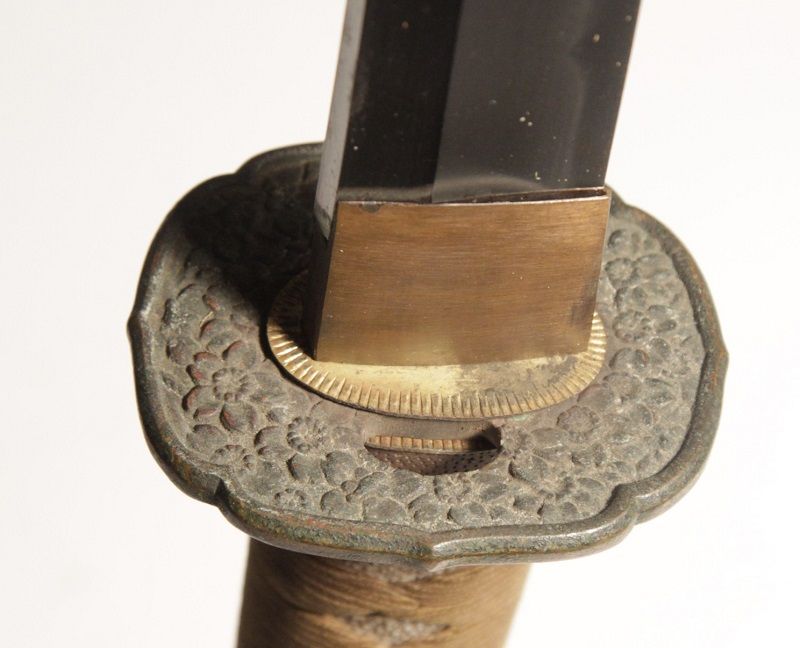

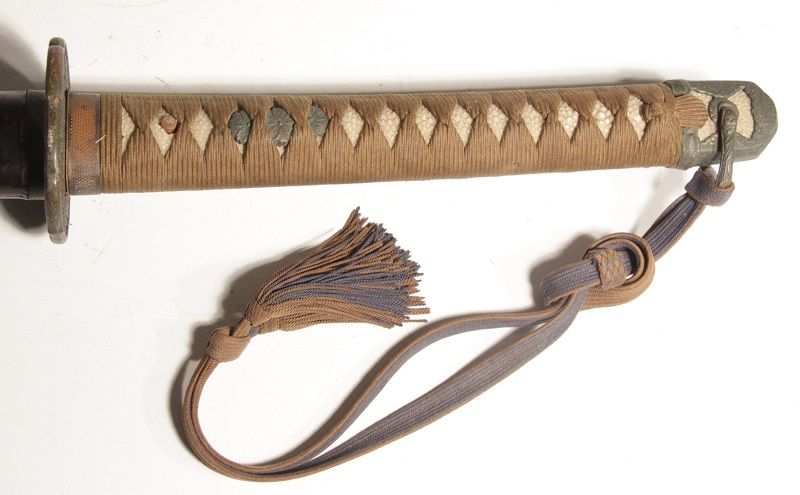

-
Ok, now I see what you mean! @Stegel was following these for a while and has several he posted, as well. They are like a battleship grey.
You can see several examples on this conversation, varying in shades, but yours it there as well. You can rest assured, yours is WWII legit. No one knows who or why they were overpainted, though.
-
 1
1
-
-
Don't mind me, just practicing, but my take on it:
備前長船 祐定
Bizen Osafune Sukesada.
Reference:
But I'm usually wrong!
Ha! Russ posted at the same time, but we agree!
-
 2
2
-
-
-
-
I realize our cameras and room lighting quite often affect coloration, but it sure looks white in these photos. I'll chase @Stegel out of hibernation and get his comment.
-
-
 1
1
-
 1
1
-
-
-
OOPS! You're right, John, and sorry Ray! It's actually the same sword, now that I see John's link.
-
-
 1
1
-
 1
1
-
-
-
8 seppa and kamon habaki - Was likely a really nice gunto in it's day.




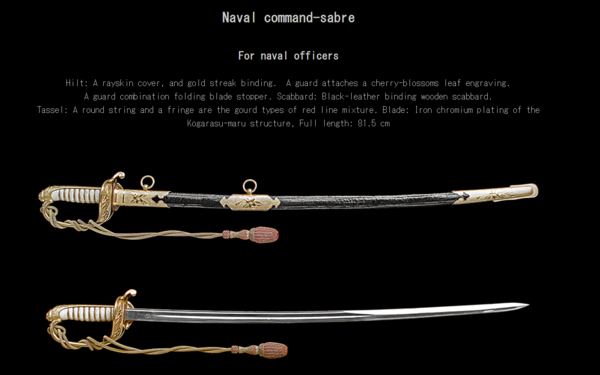
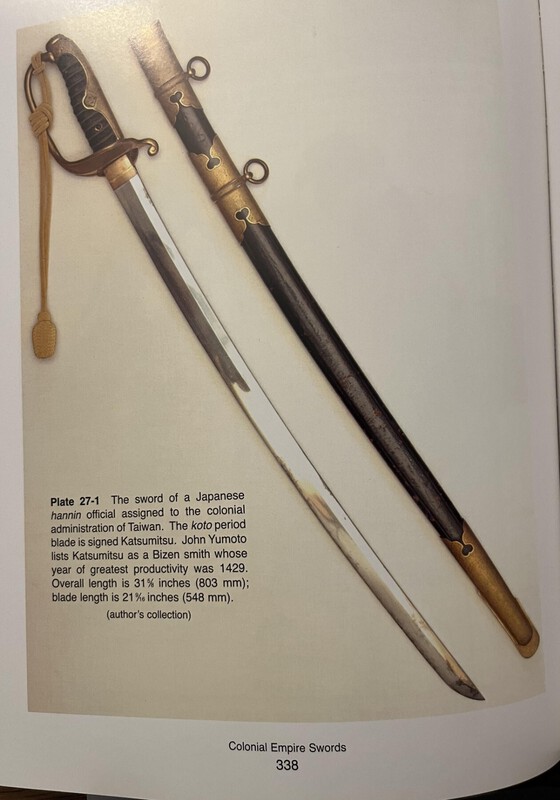
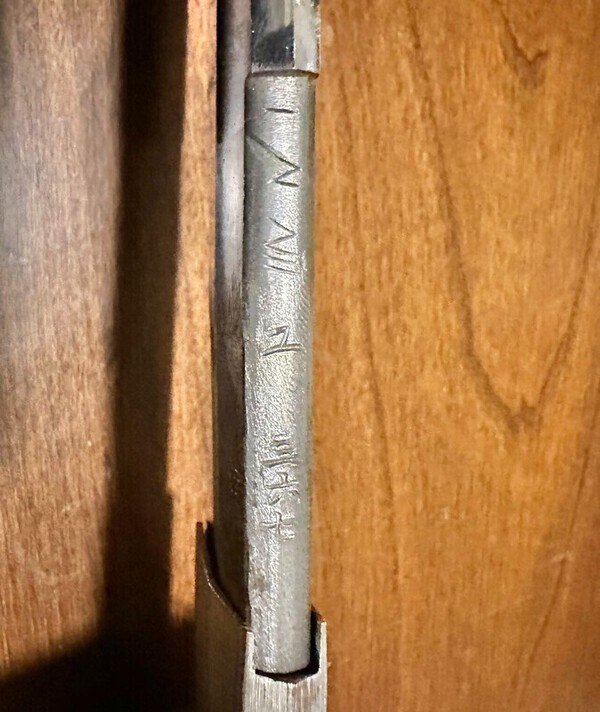
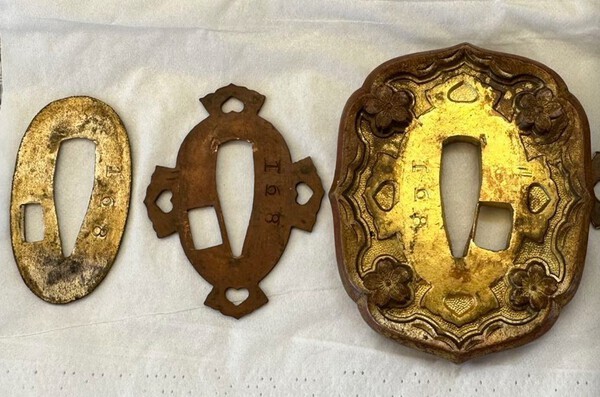
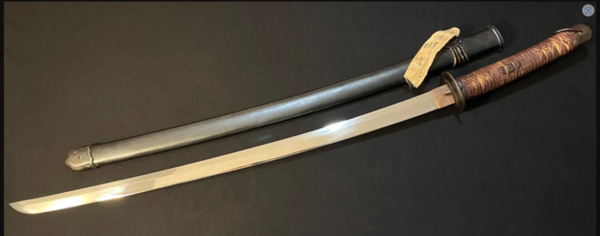



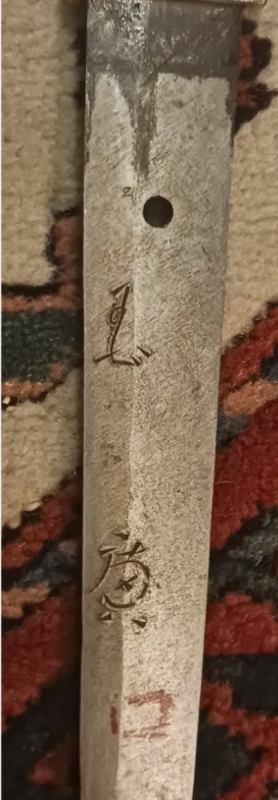
Chataku - Silver Coaster
in Other Japanese Arts
Posted
Thanks John, but I'm only citing swordsmith kao. The guys that make tsuba, shirasaya, and others like this item are a big group. I just don't have the time to branch out that wide.